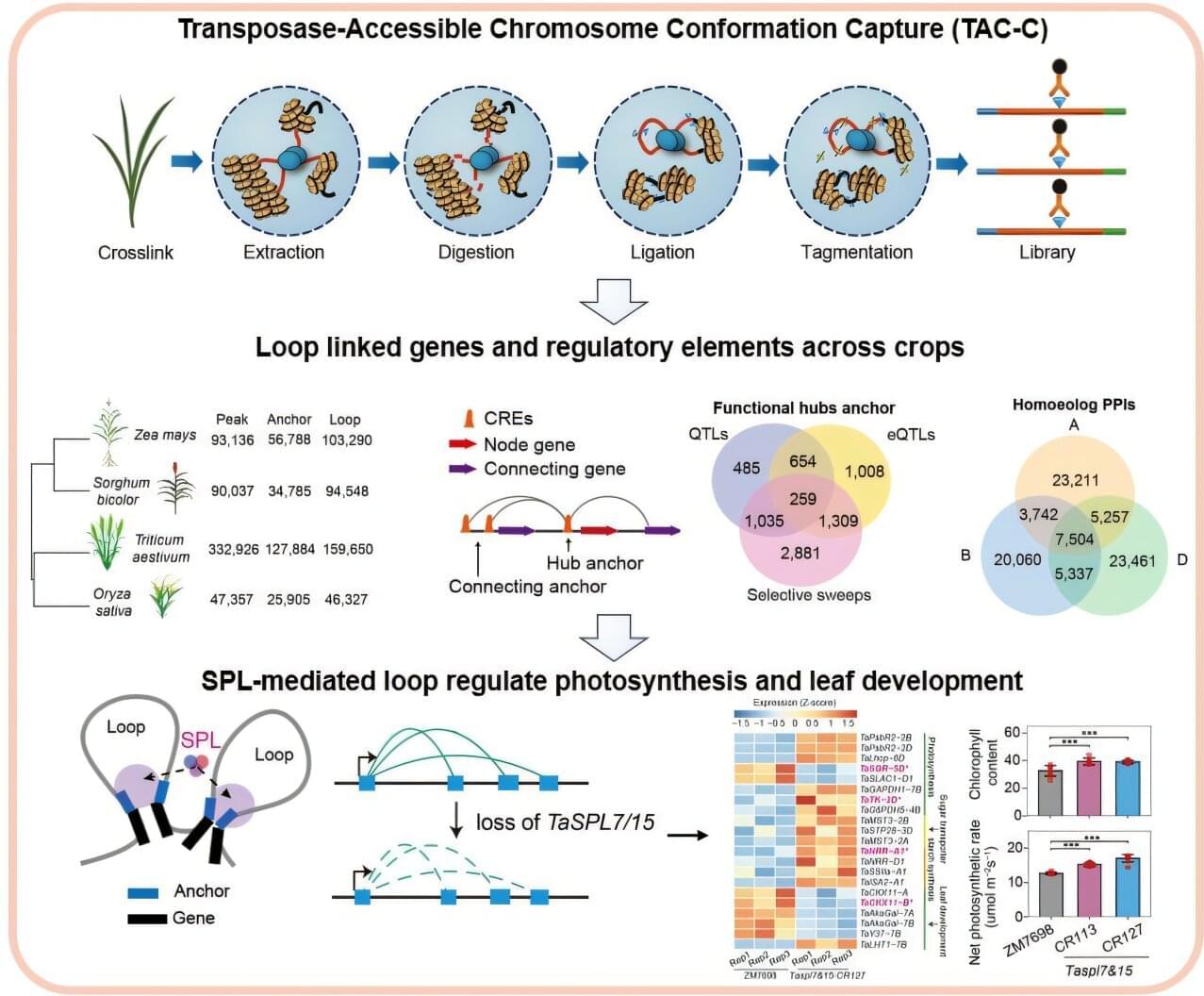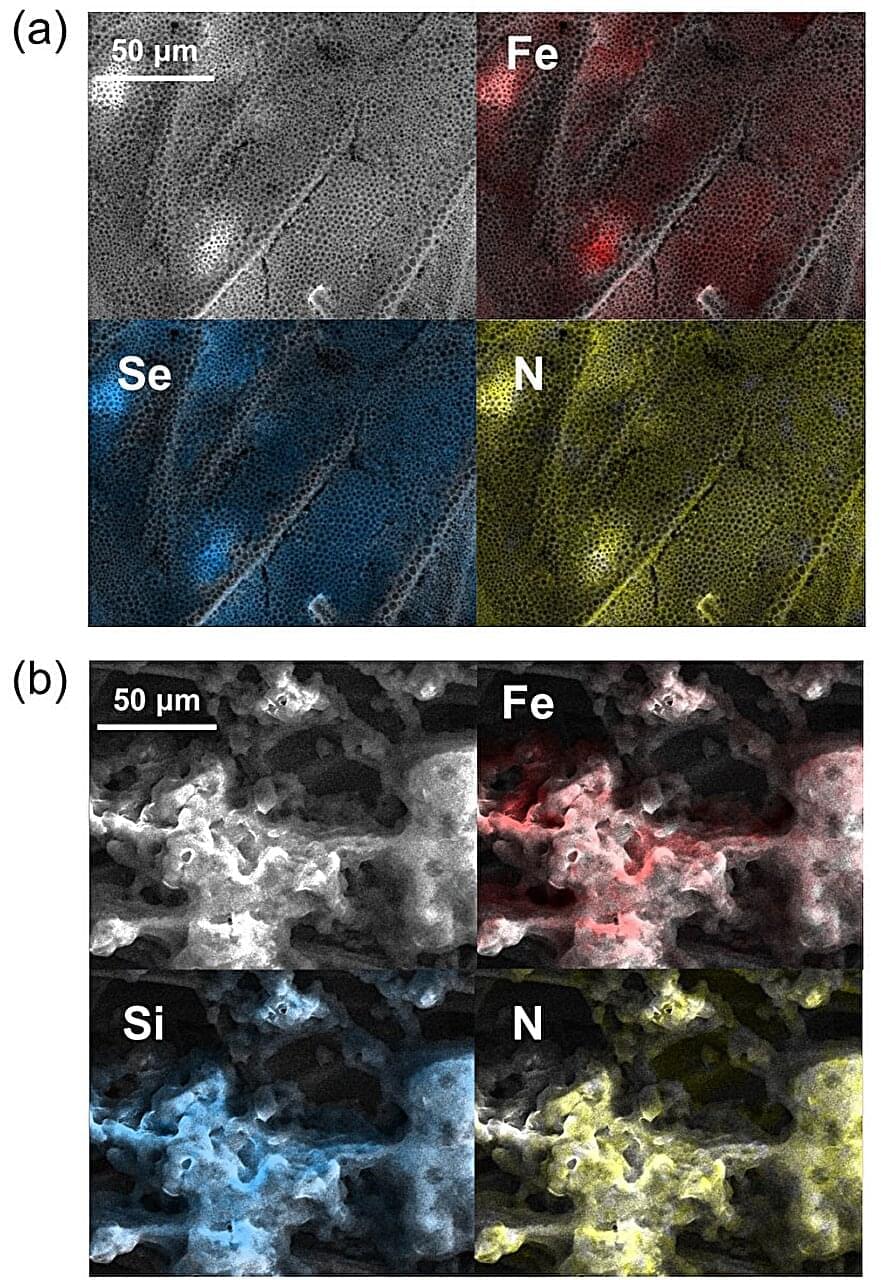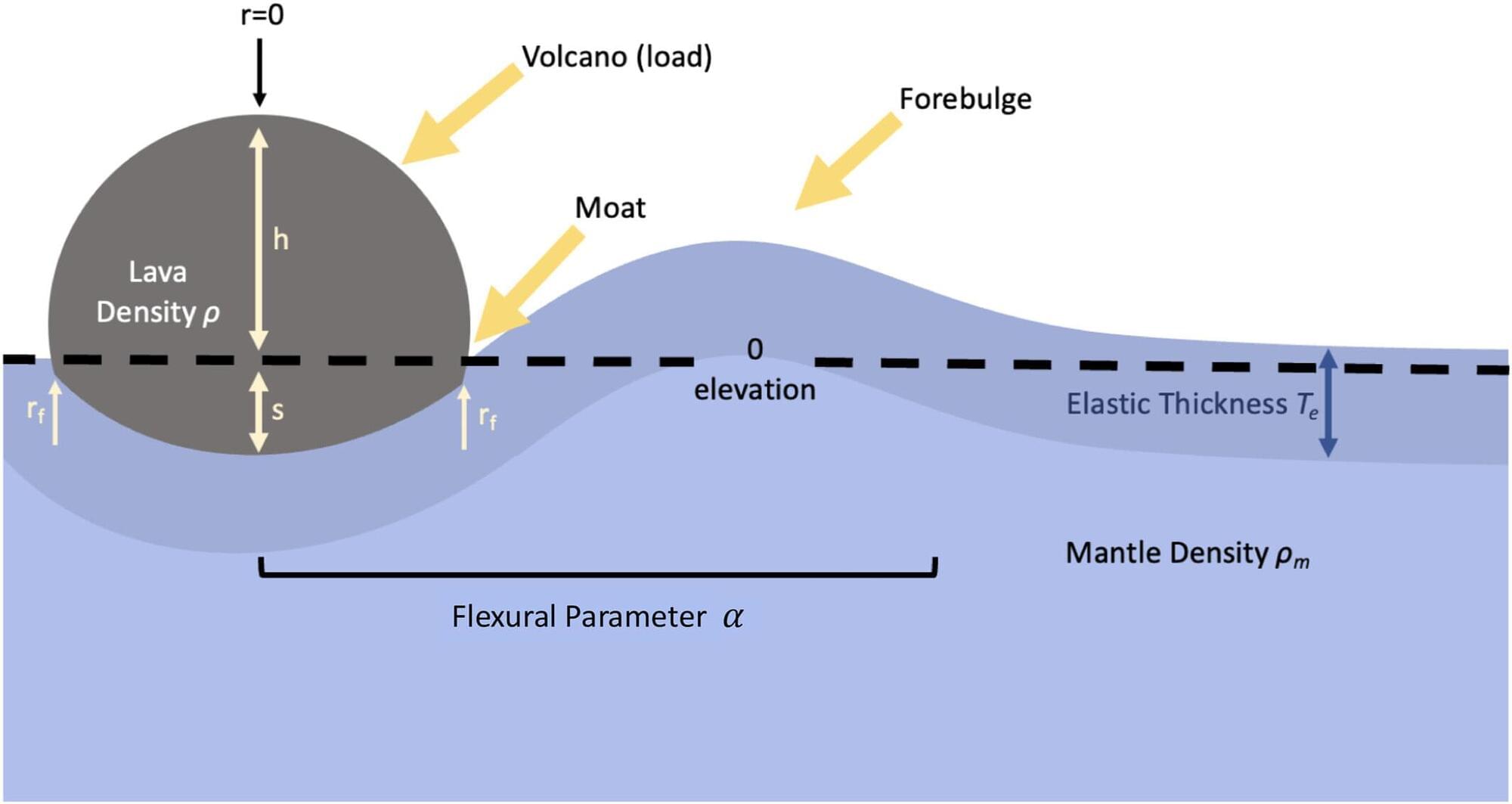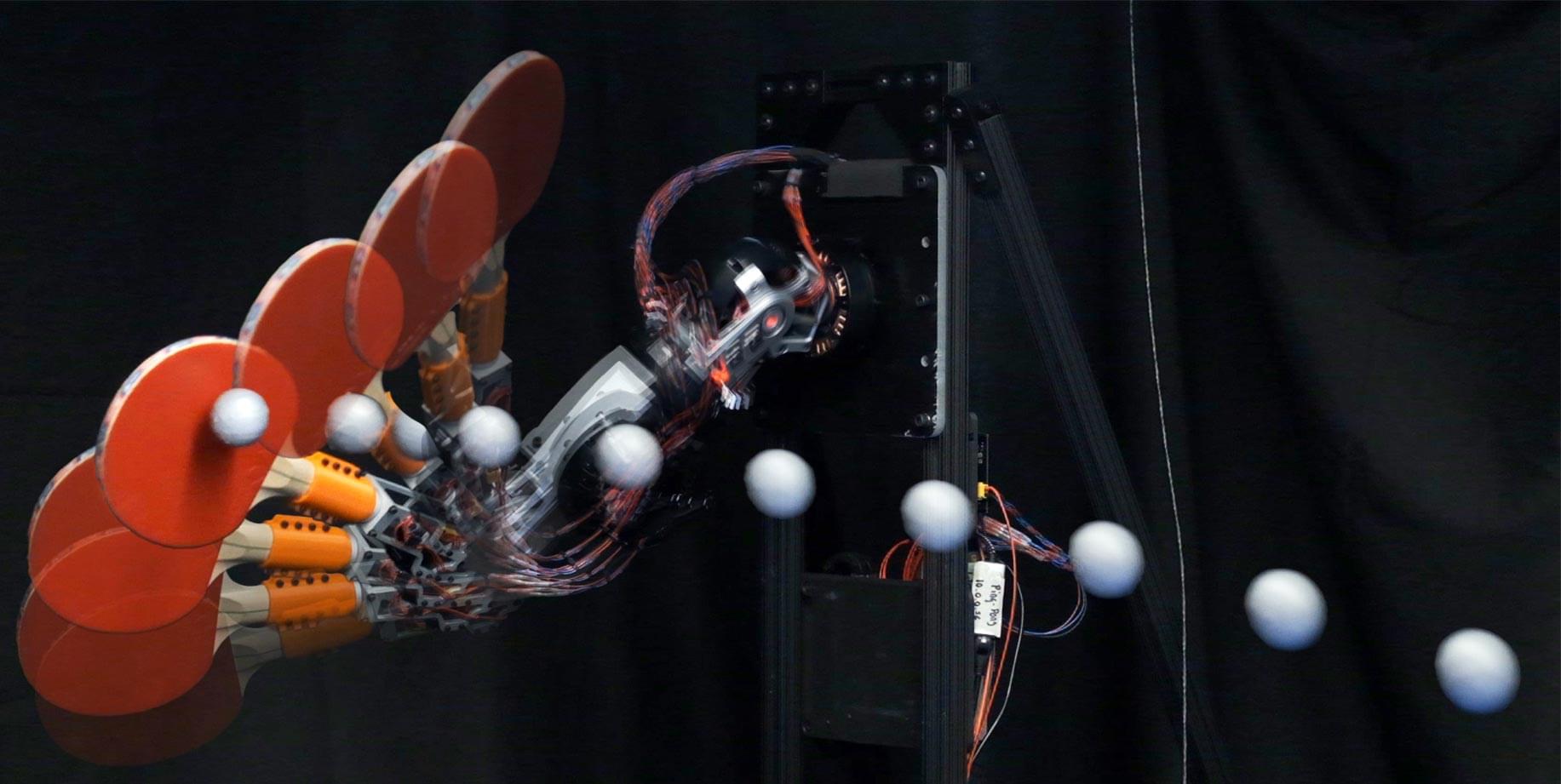Organic light emitting diodes, or OLEDs, are a type of photoluminescence device that utilizes organic compounds to produce light. Compared to traditional LEDs, OLEDs have shown to be more efficient, can be built into super-thin and flexible materials, and have higher dynamic range in image quality. To further develop better OLEDs, researchers around the world work to understand the fundamental chemistry and physics behind the technology.
Now, researchers at Kyushu University have developed a new analytical model that details the kinetics of the exciton dynamics in OLED materials. The findings, published in Nature Communications, have the potential to enhance the lifetime of OLED devices, and accelerate the development of more advanced and efficient materials.
Fluorescence devices like OLEDs light up because of excited electrons, or excitons. When you add energy into atoms, their electrons get excited and jump to a higher energy state. When they come back down to their regular energy state, they produce fluorescence.









